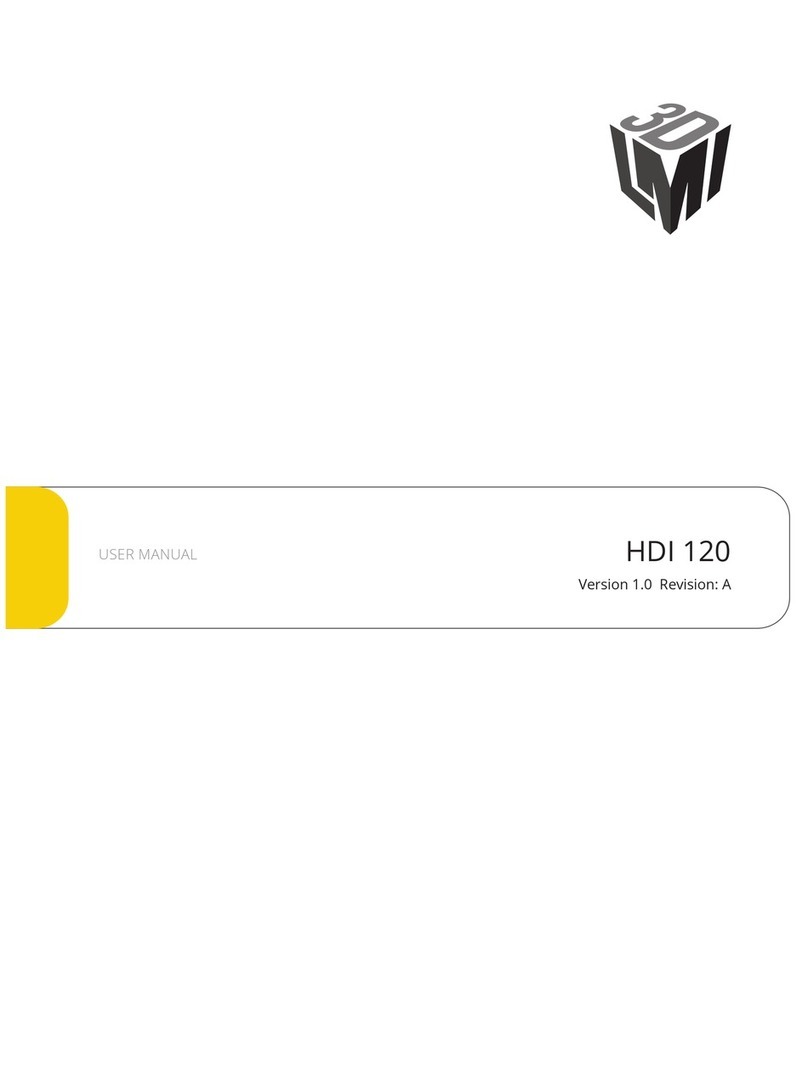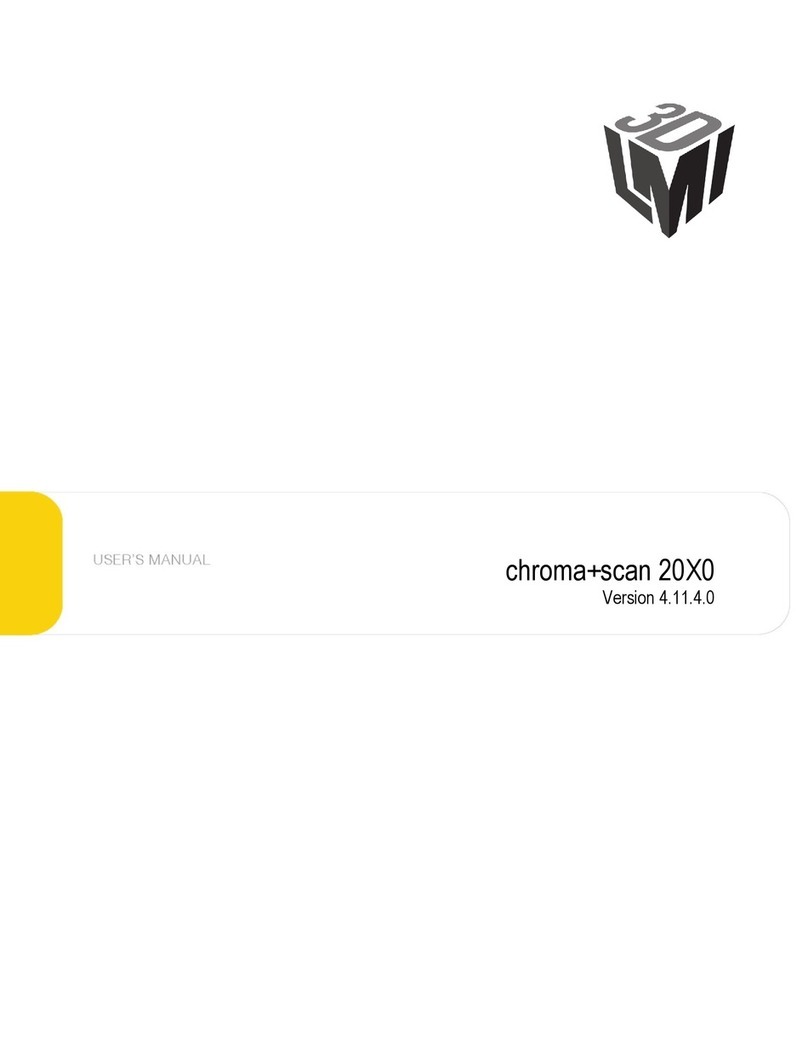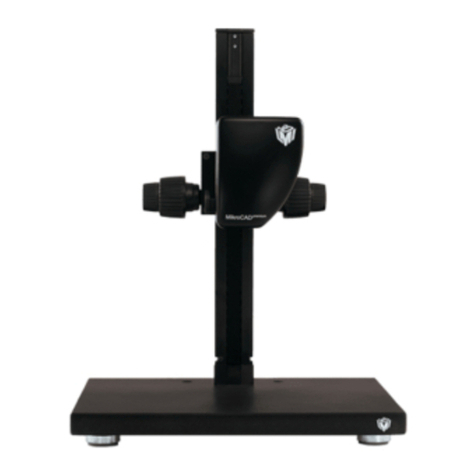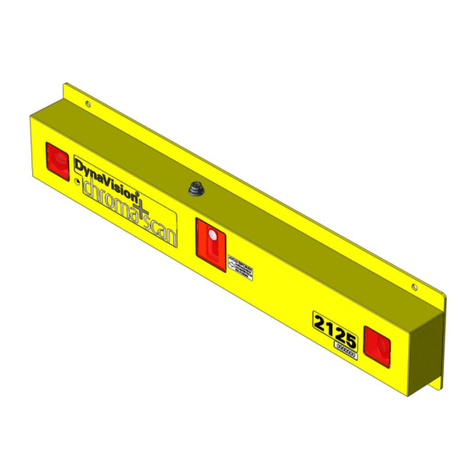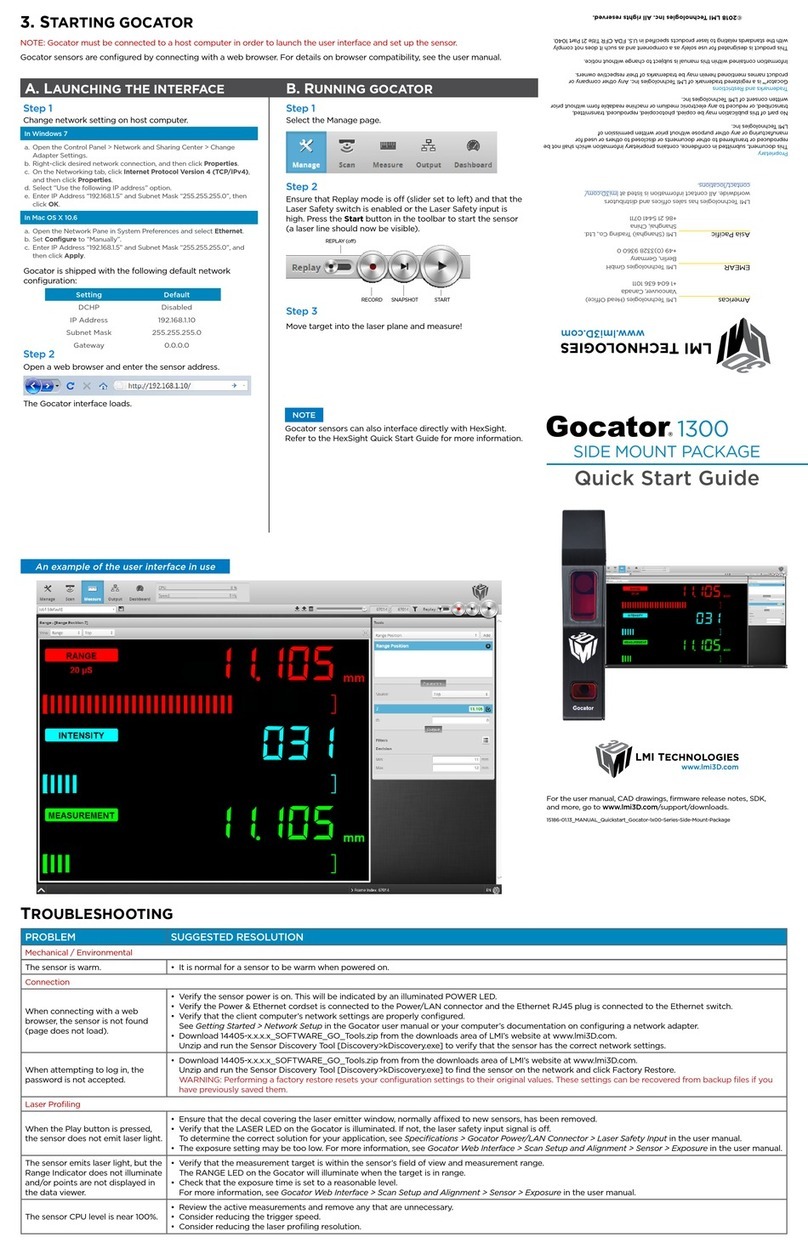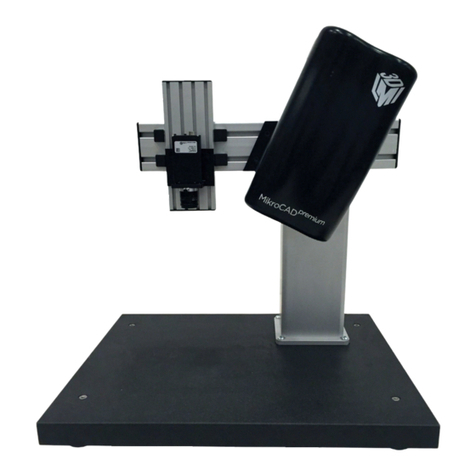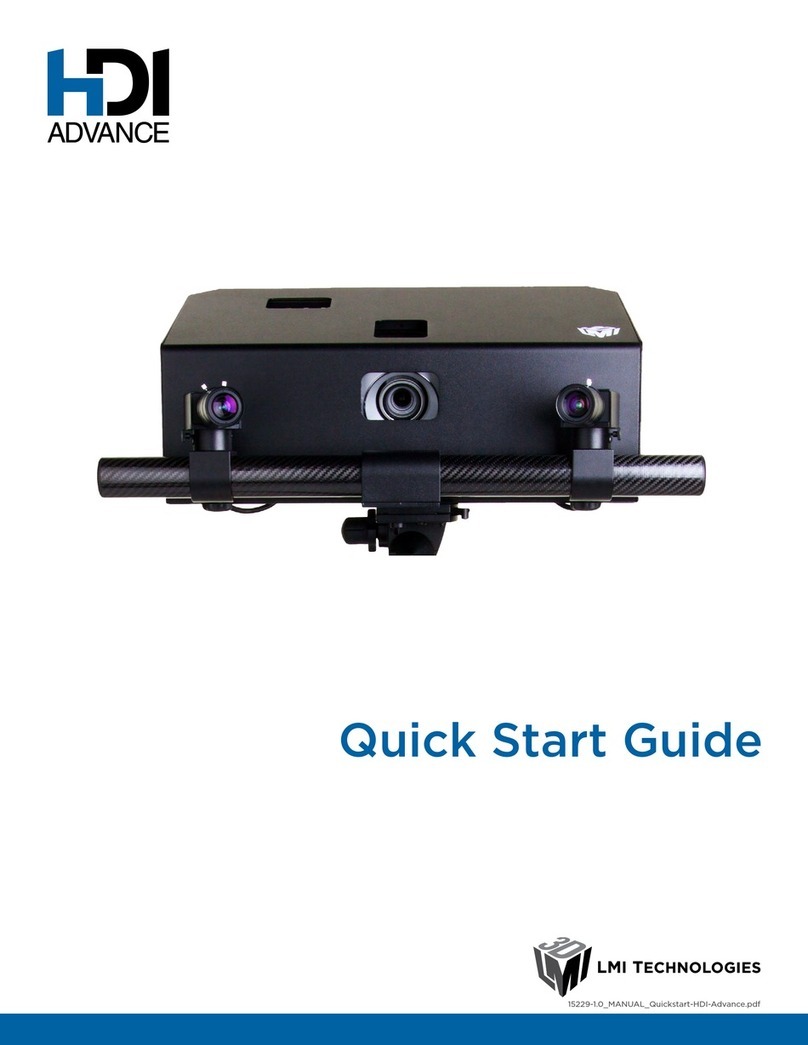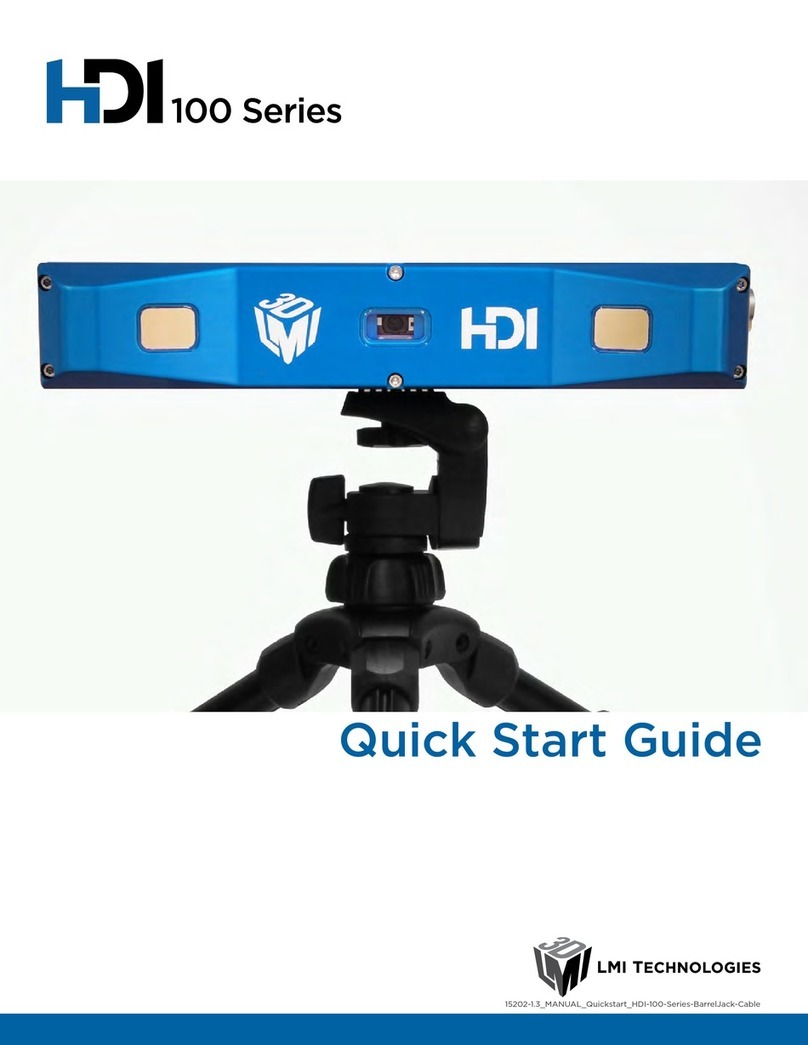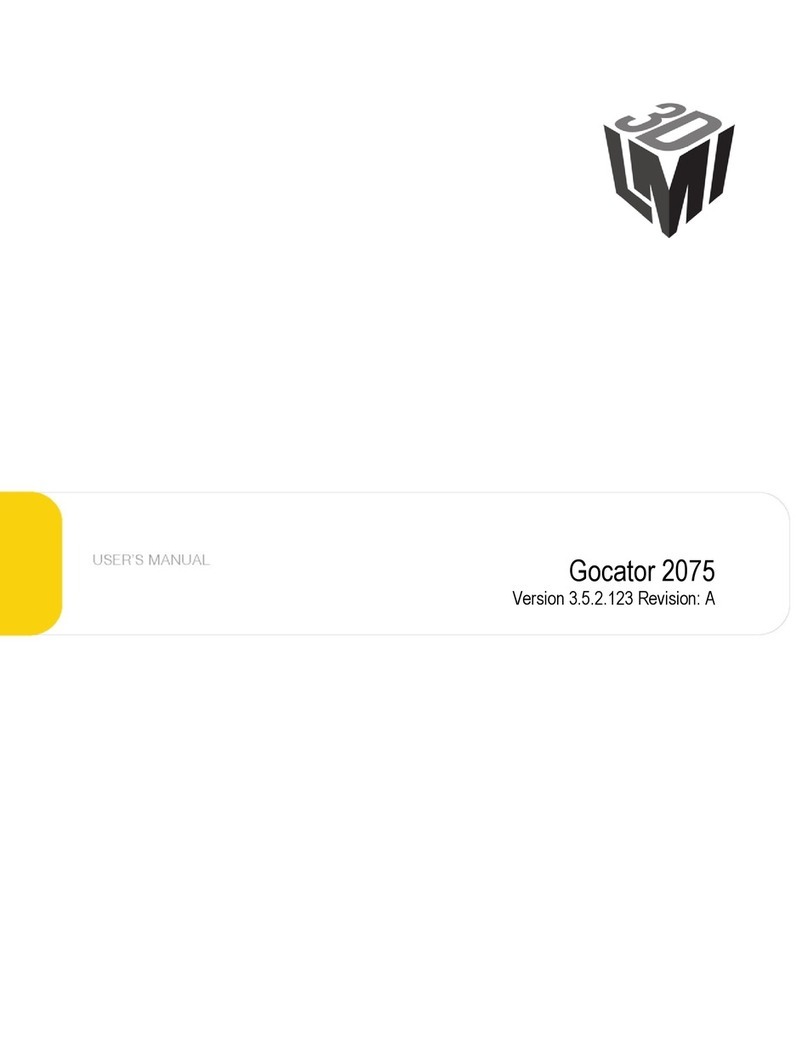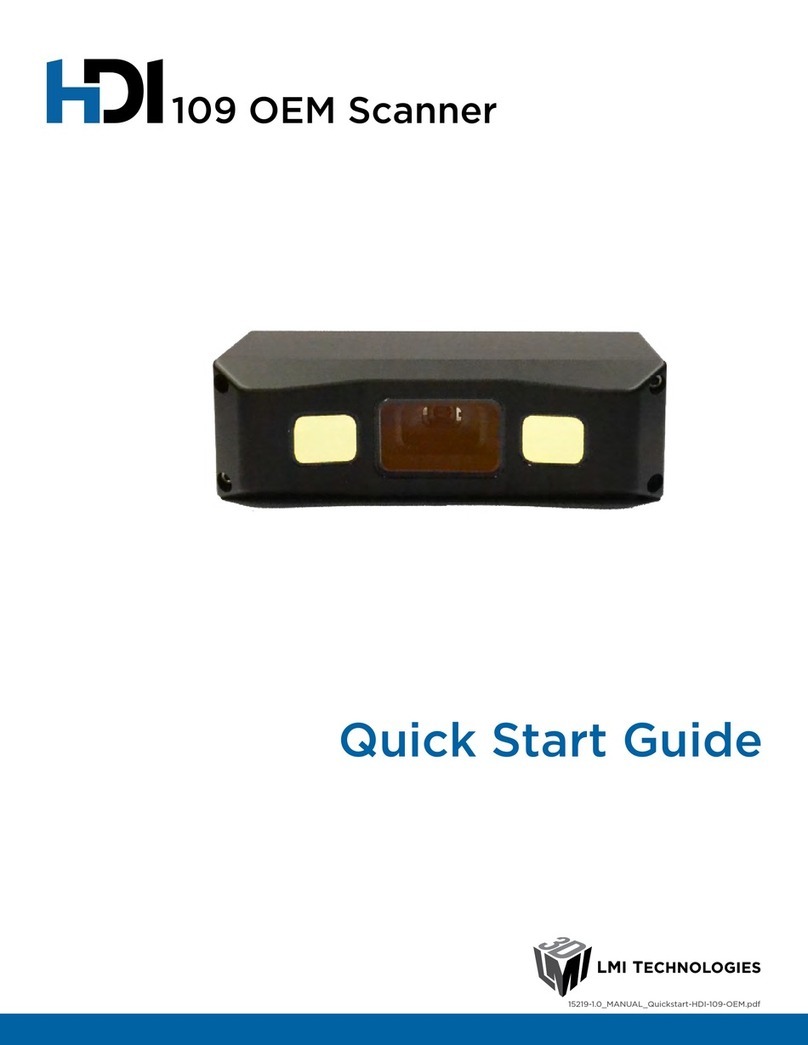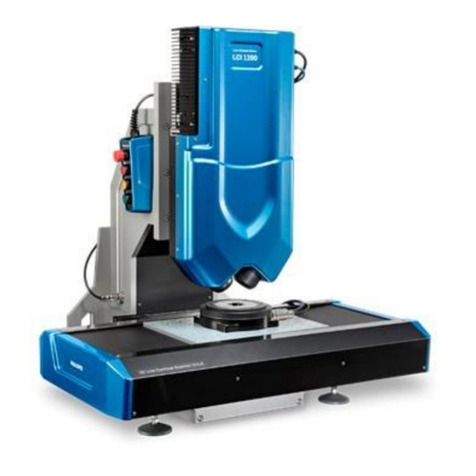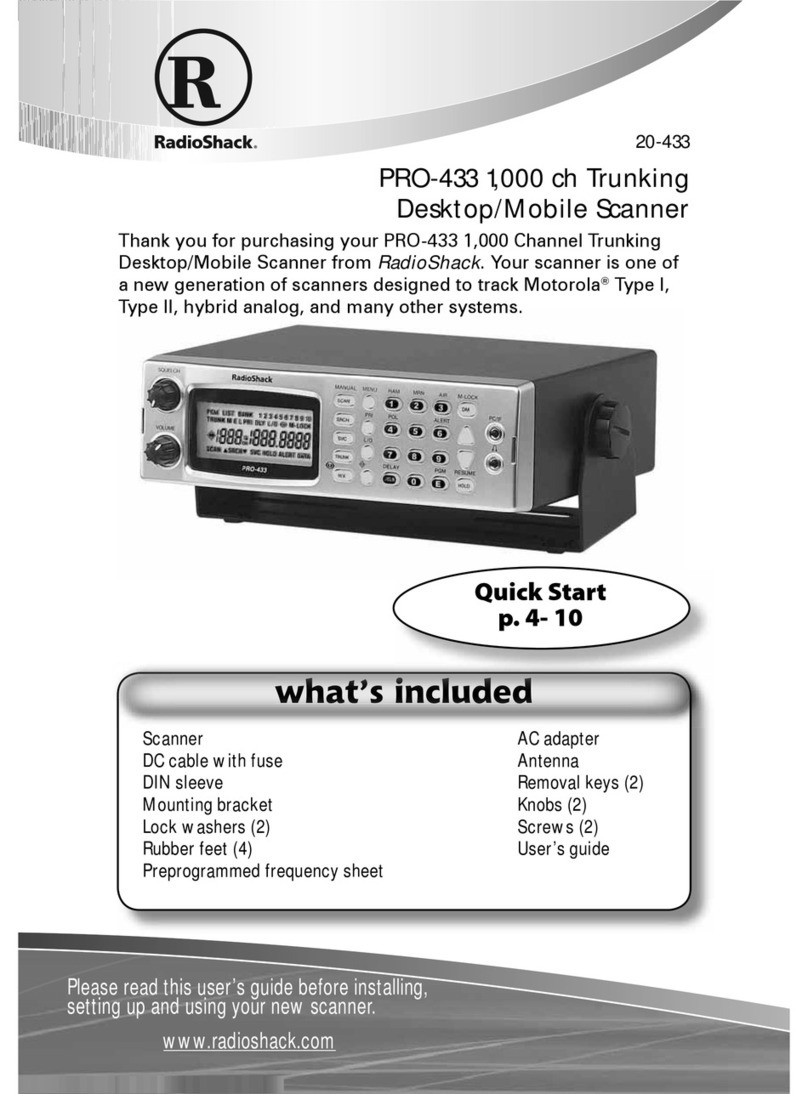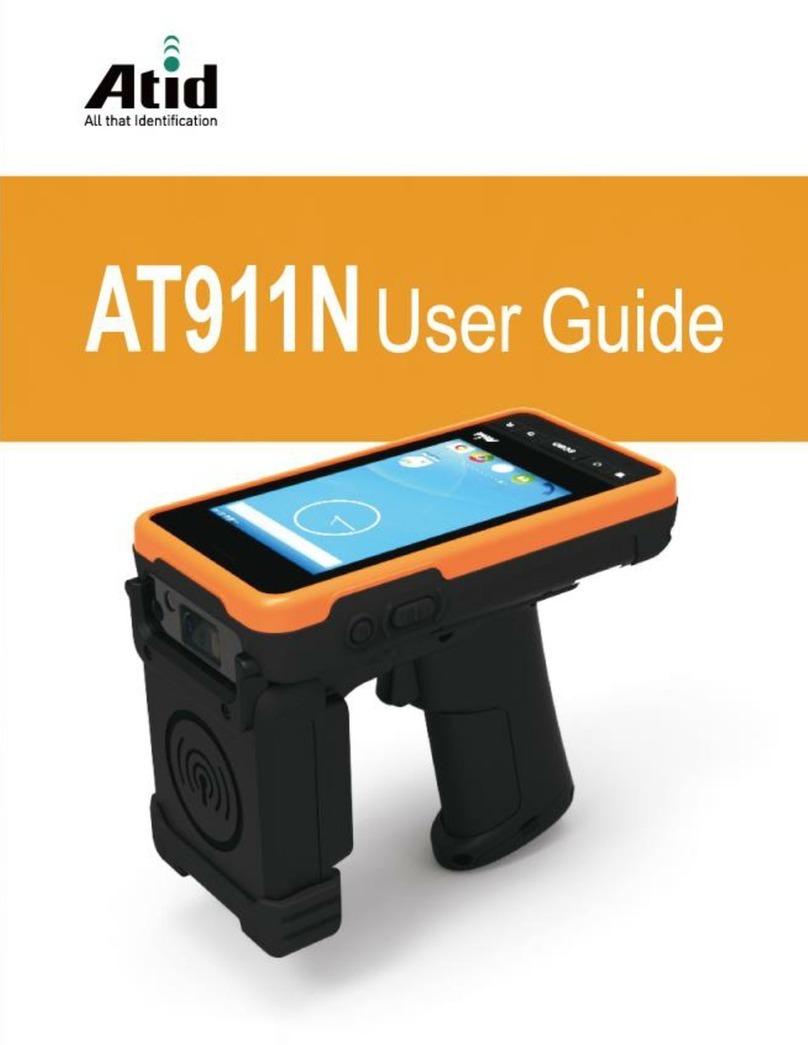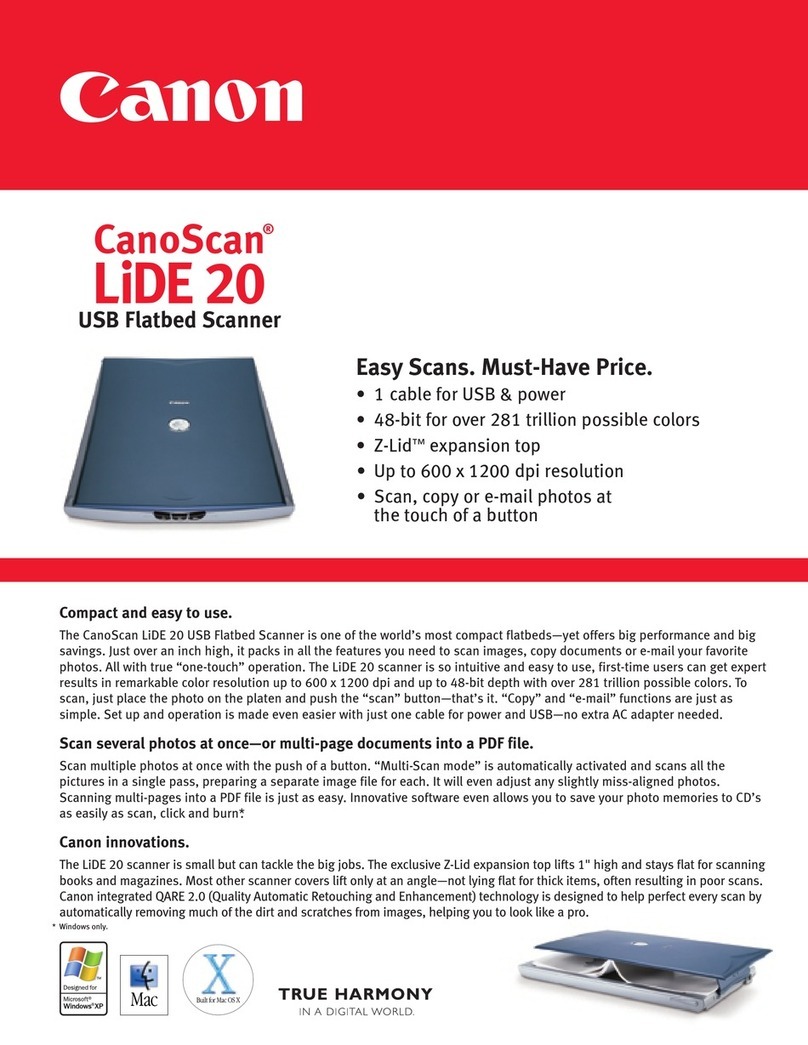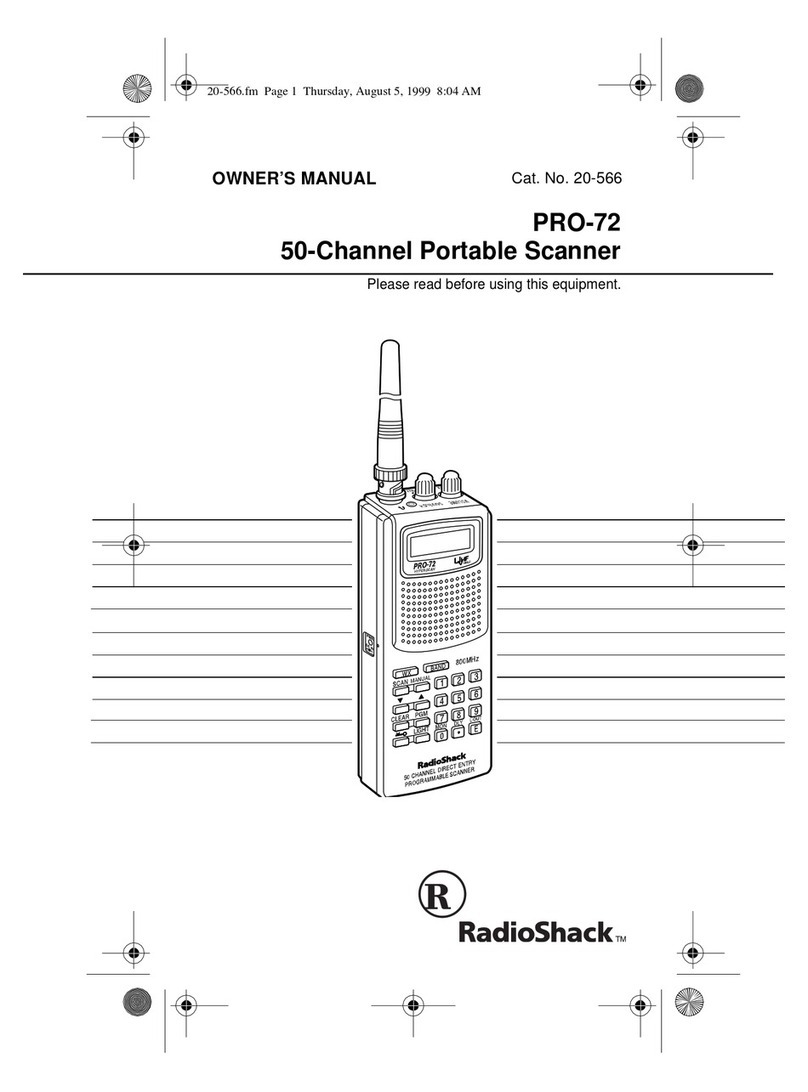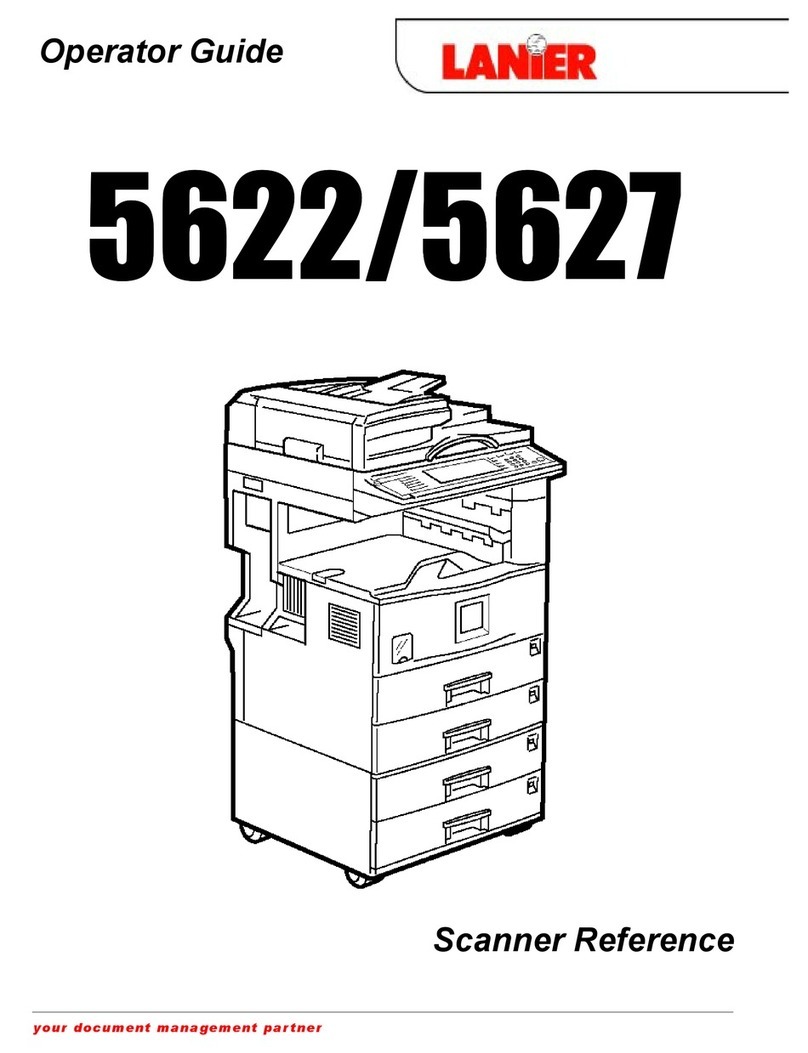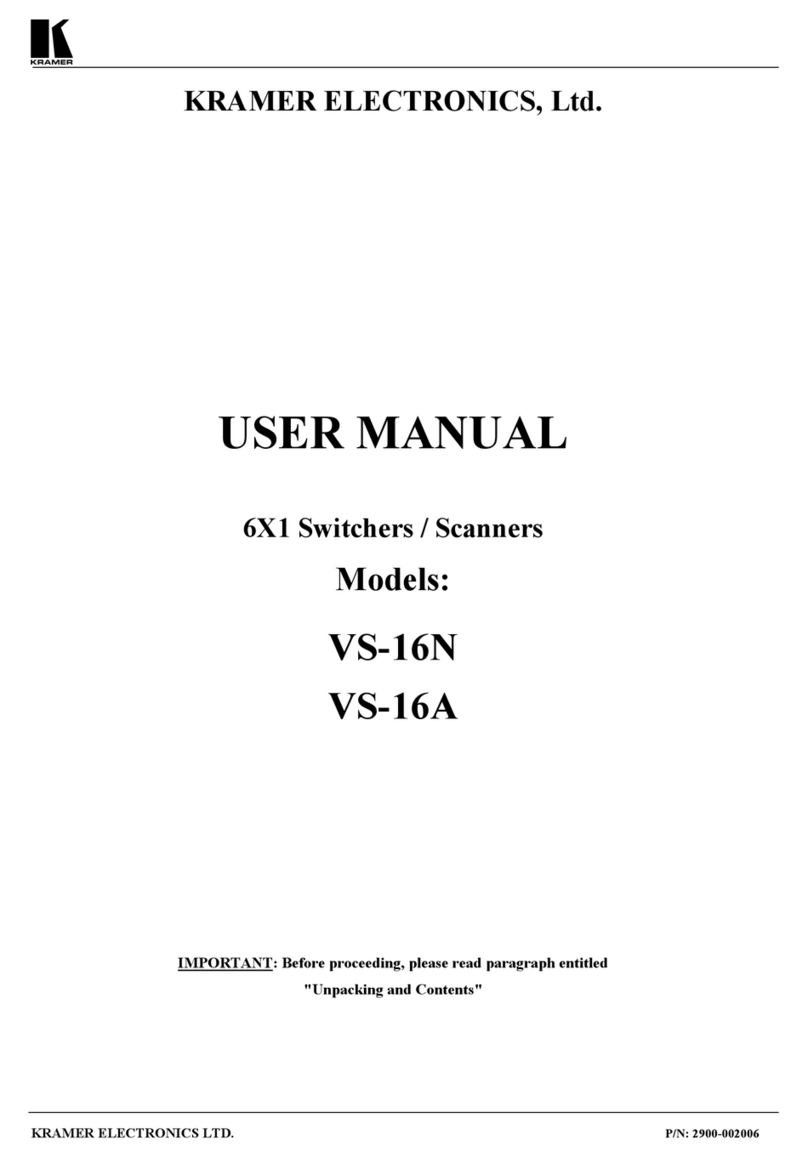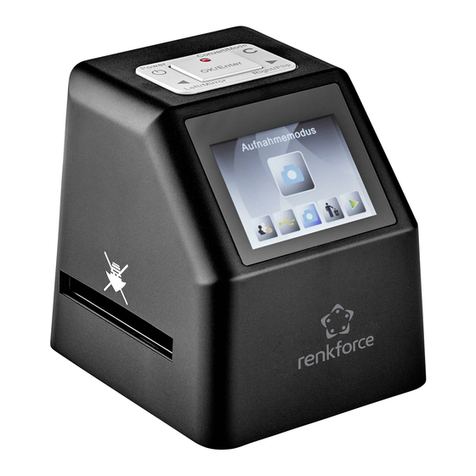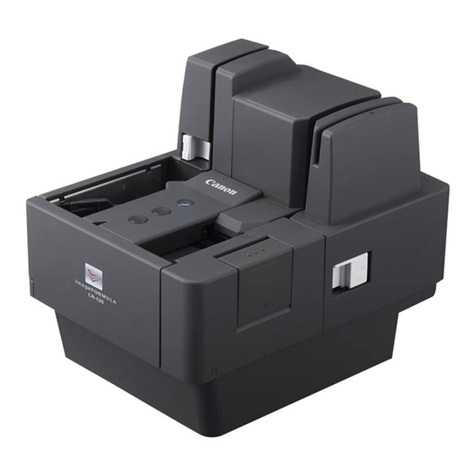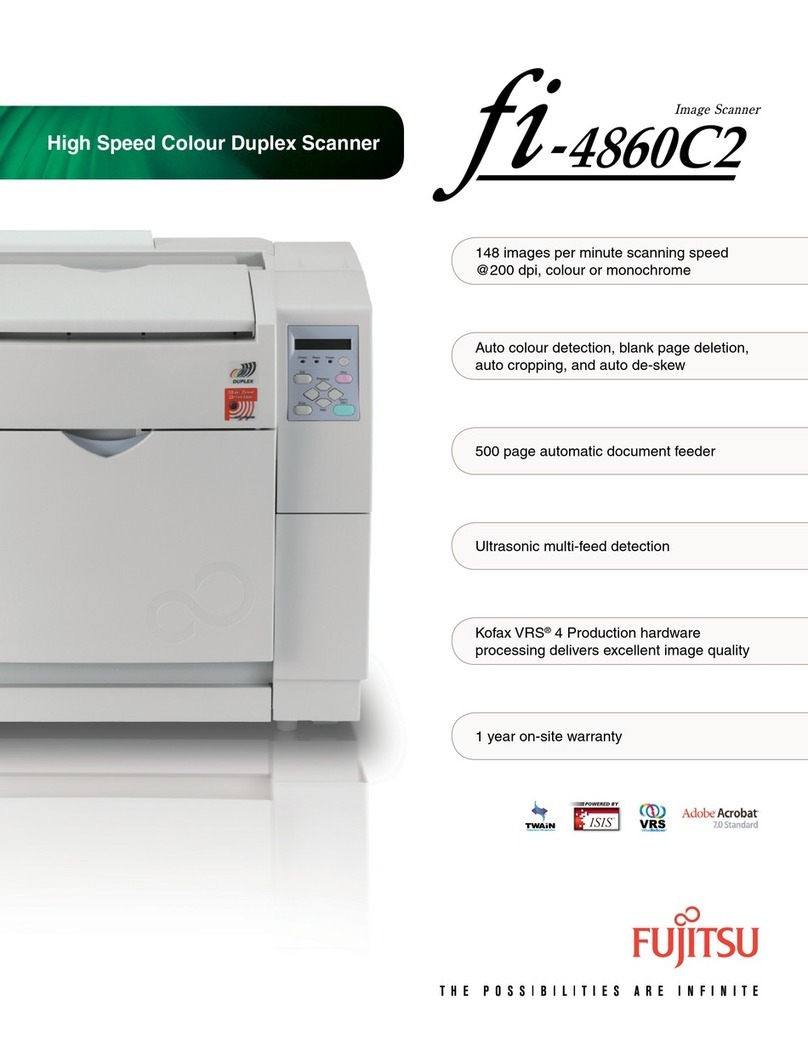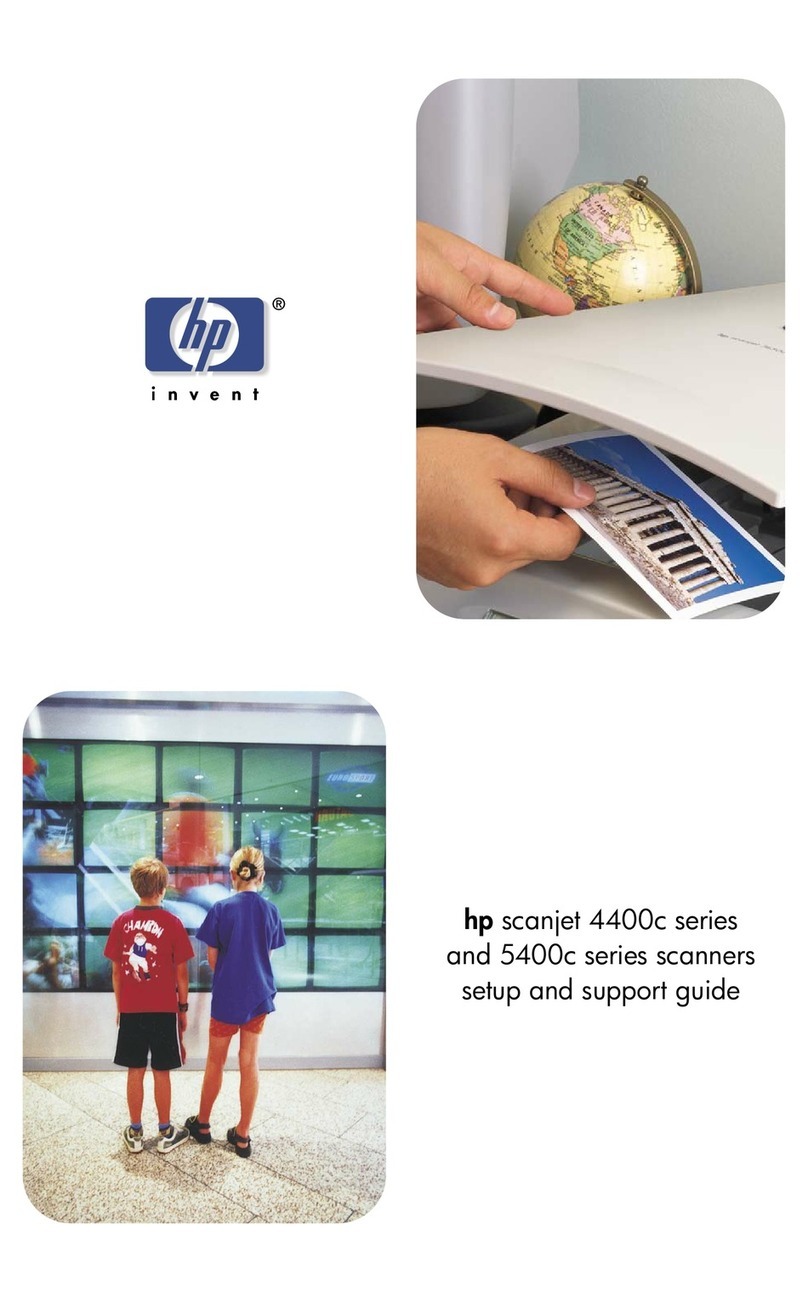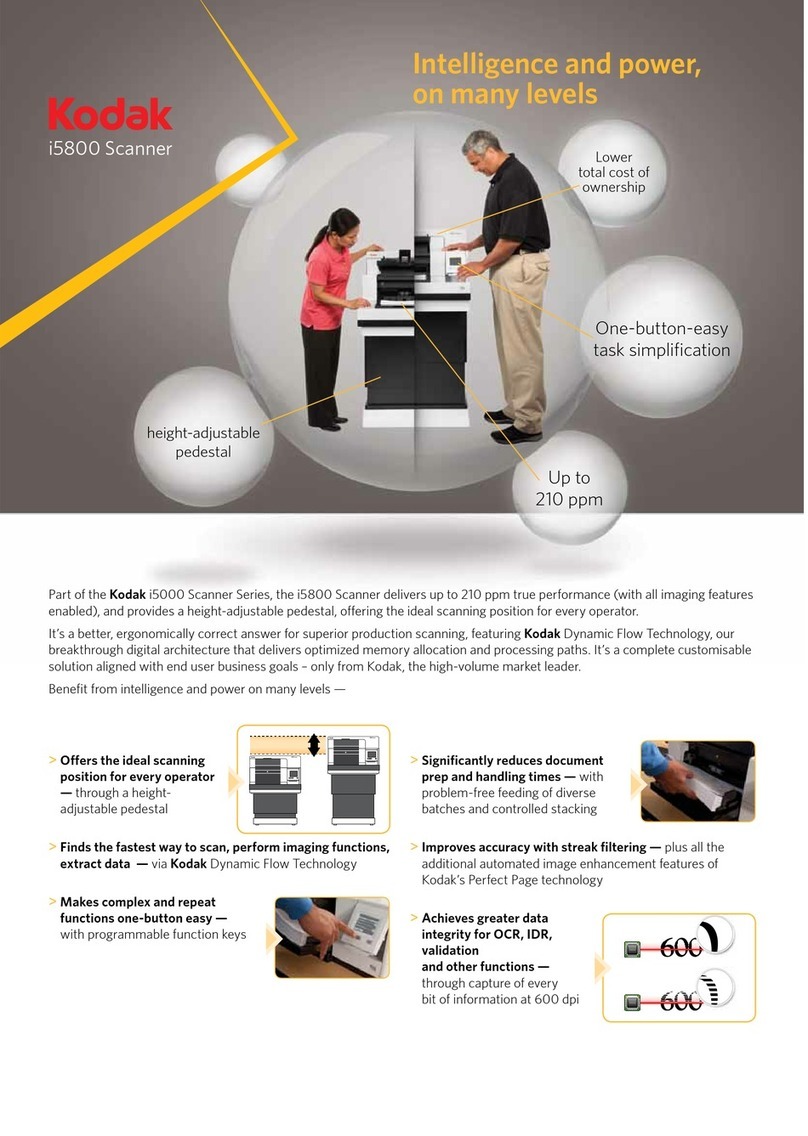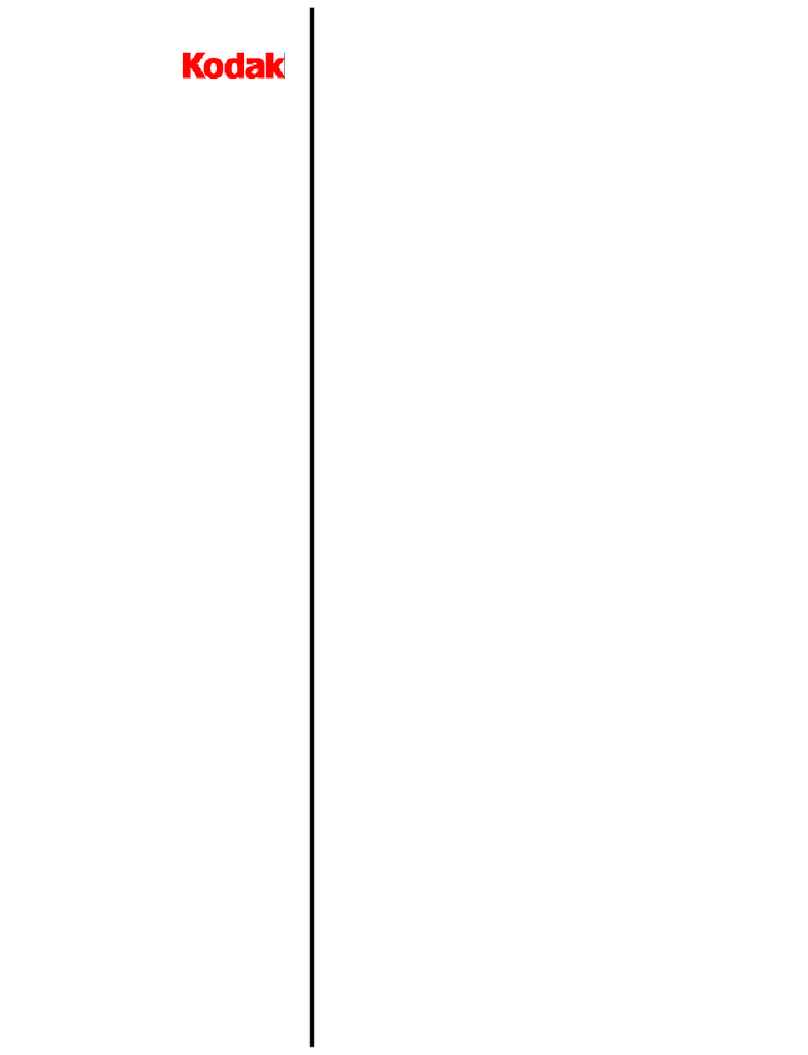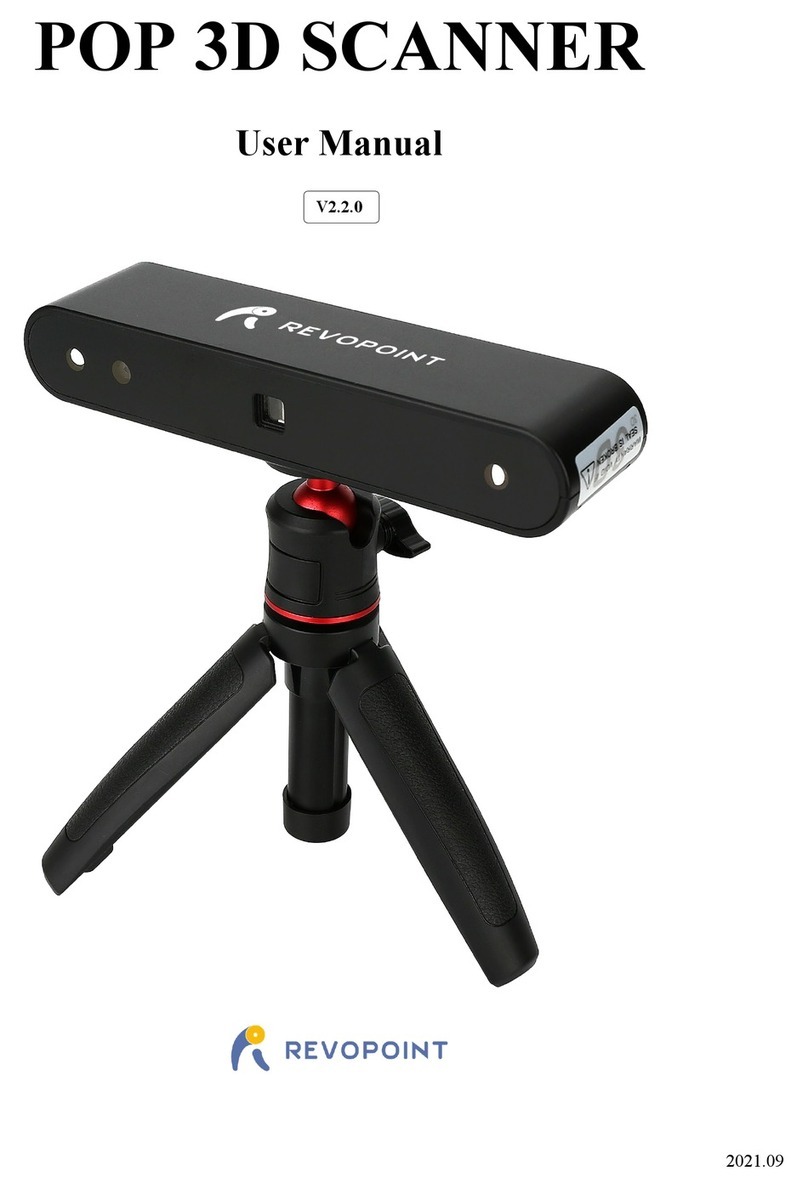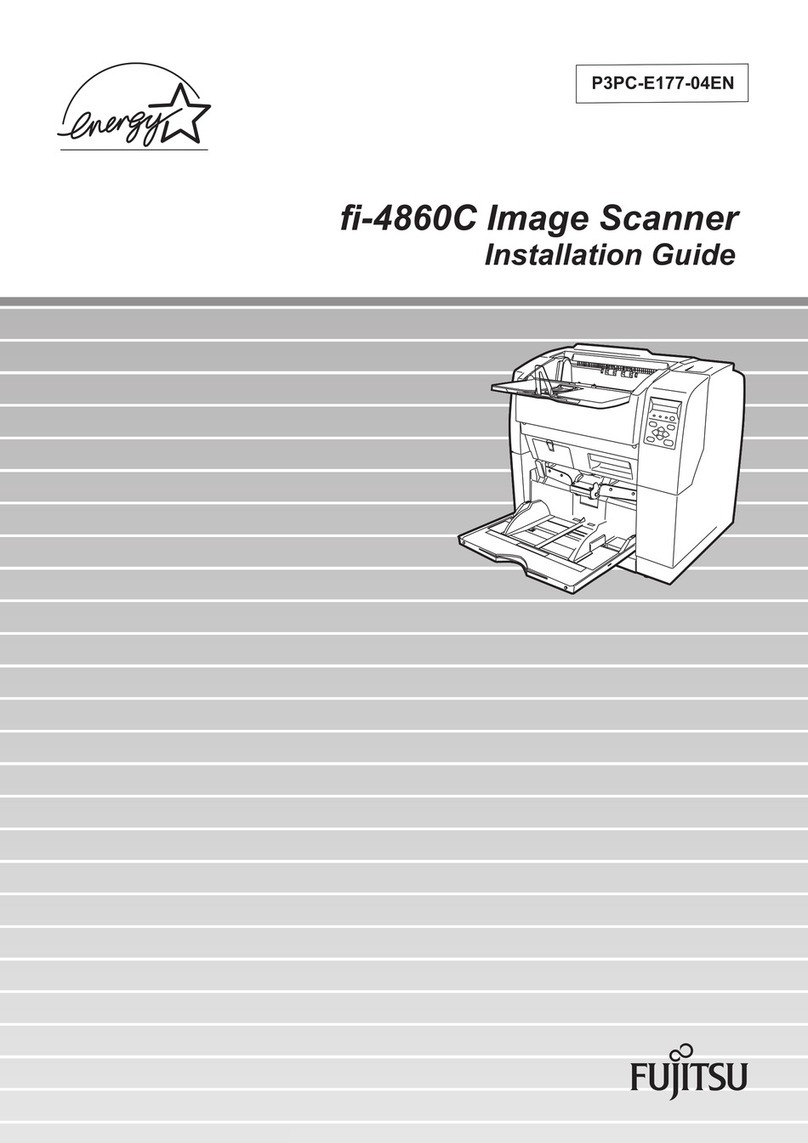
Table of Contents
1Laser Safety.............................................................................................................5
1.1 General Information ..........................................................................................5
1.2 Laser Classification...........................................................................................6
1.2.1 Laser Classes............................................................................................6
1.2.2 User Precautions & OEM Responsibilities..................................................7
1.2.3 Class 3B/lllb OEM Responsibilities.............................................................7
1.3 Requirements for Laser Systems Sold or Used In the USA...............................9
1.4 chroma+scan 24x0 Laser Safety Specification..................................................9
2Proper Handling and Precautions...........................................................................10
2.1 System Installation..........................................................................................10
2.1.1 Component Grounding.............................................................................10
2.1.2 Shielded Cable.........................................................................................10
2.1.3 Power Supply...........................................................................................10
2.1.4 Uninterruptible Power Supply (UPS) ........................................................11
2.1.5 Installation Environment...........................................................................11
2.2 Temperature and Humidity..............................................................................11
2.3 Maintenance ...................................................................................................11
2.4 Laser Lifetime .................................................................................................11
3Product Overview...................................................................................................12
3.1 Introduction.....................................................................................................12
3.2 Measurement Principles..................................................................................12
3.3 Sensor Models................................................................................................13
3.4 Features..........................................................................................................13
4System...................................................................................................................14
4.1 List of Components.........................................................................................14
4.1.1 FireSync Master.......................................................................................14
4.1.2 Station Computer.....................................................................................14
4.1.3 Client Computer.......................................................................................15
4.1.4 Network Switch........................................................................................15
4.1.5 Power Supply...........................................................................................15
4.1.6 FireSync Network Cordsets......................................................................15
4.1.7 Other Cabling...........................................................................................16
4.1.8 System Calibration Target........................................................................17
4.1.9 Sensors....................................................................................................17
4.2 Connections....................................................................................................18
4.2.1 Power to Master 1200/2400.....................................................................18
4.2.2 Master 1200/2400 to Sensors..................................................................18
4.2.3 Safety Interlock on Master 1200/2400......................................................19
4.2.4 Sensors, Master 1200/2400 and Station to Gigabit Switch.......................19
4.2.5 Client computer........................................................................................19
5Specifications.........................................................................................................20
5.1 Models............................................................................................................20
5.2 Performance ...................................................................................................20
5.3 Environment....................................................................................................20
5.4 Coordinate Definitions.....................................................................................20
5.5 Cleaning..........................................................................................................21
5.6 Master 2400....................................................................................................21
